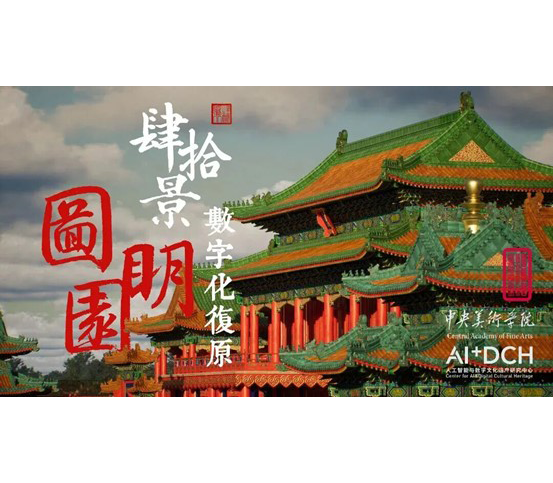
CAFA Faculty and Students Achieve Digital “Revival” of the Forty Scenes of the Old Summer Palace
Recently, the 2025 Symposium on the Study and Protection of the Old Summer Palace (Yuanmingyuan) was convened, where the Central Academy of Fine Arts (CAFA) AI and Digital Cultural Heritage Research Center released, for the first time in its entirety, the results of its Digital Reconstruction of the Forty Scenes of the Old Summer Palace.2025.11.7
Interview | Kang Jianfei: "Late Awakening: Wood as the Universe"
Kang Jianfei's studio is his theater, and he is the director of this stage. Here, wood manifests in myriad forms: color woodcuts hanging on walls, wood engravings standing on shelves, stacks of wooden boards, piles of raw timber, and wood shavings scattered across the floor. The crisp knife marks reveal flashes of creative inspiration, while the faint scent of wood lingers in the air. Curled and undulating rotary-cut veneers ripple like ocean waves, reawakening tactile memories of the material.2025.05.28
Season 3 of the "CGTN Chinese Art Promotion Project" - Digital Special Exhibition: Tang Architecture Officially Launched
Tang Architecture is the third season of the multimedia project “CGTN Chinese Art Promotion Project.” The first two seasons — Millennium Tune: Portraiture of the Song Dynasty and Millennium Tune: Landscapes, Flowers and Birds of the Song Dynasty — brought classical Song Dynasty paintings to life using advanced digital technologies, transforming "silent poetry" into "vivid images."2025.04.21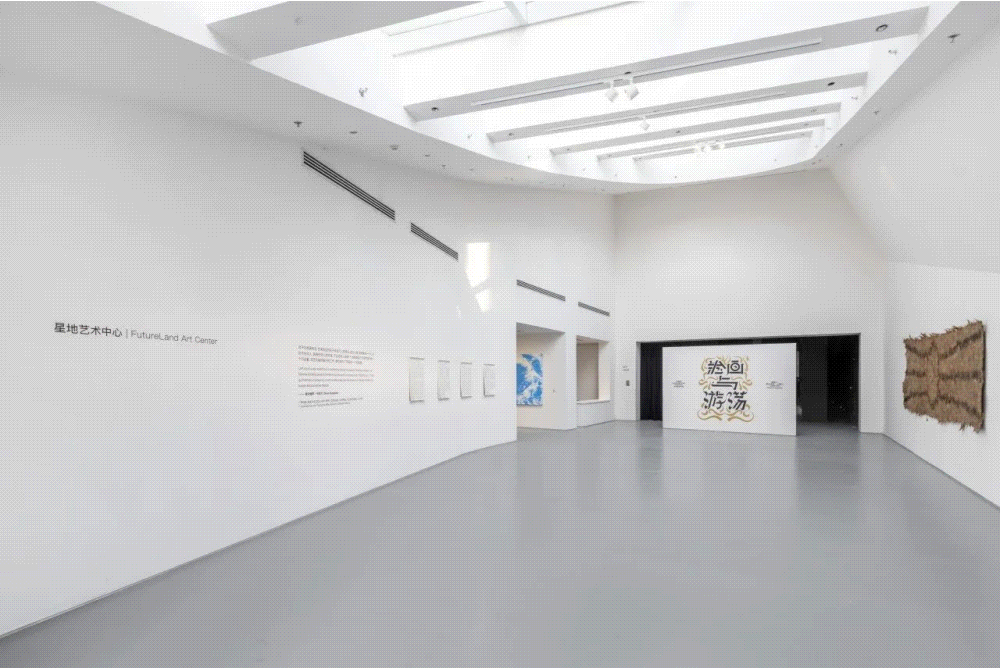
Liu Shangying: I Never Want to Produce Stories
While “Painting, Wandering” featuring recent paintings by Liu Shangying was closed at FutureLand Art Center, this artist who have devoted himself to seeking the unknown had a different psychological feeling from before. “The sense of loss is actually a question about how to start over,” said Liu. In addition to the painting series that he completed in Lop Nur and A-erh-chin Mountains of Xinjiang, Ejina Banner of Inner Mongolia from 2016 through to 2021, “Painting, Wandering” focused on the site-specific paintings by the artist along the Eastern Tianshan Mountains in Xinjiang from 2022 through to 2024. During the exhibition, the film “Lost Journey” which took the artist three years to finish editing was open to the public for the first time.2025.03.19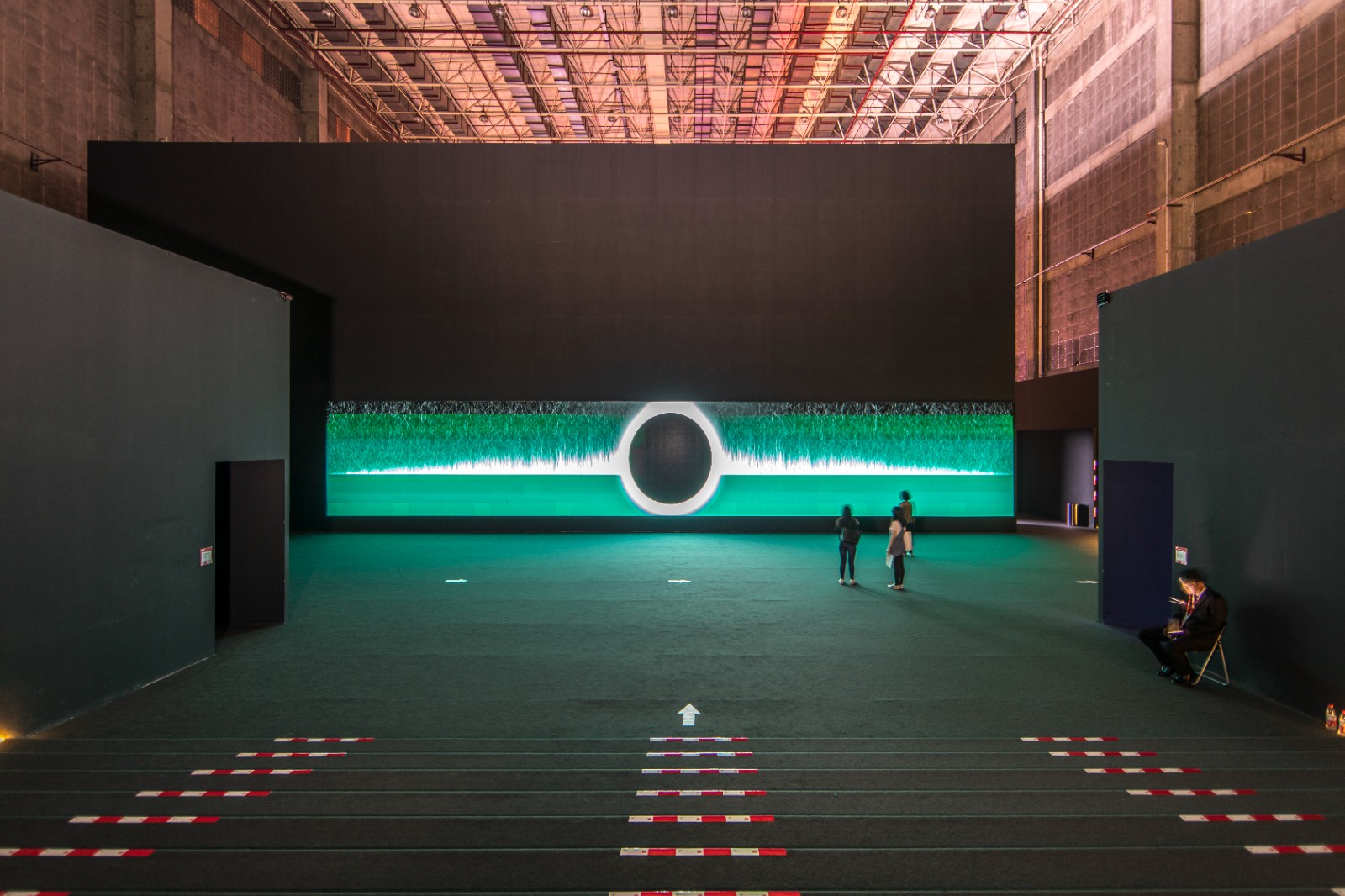
Xue Tianchong: Curating Design, provides a way to write the history of Chinese design
Ever since the first World Expo “The Exhibition of the Works of Industry of All Nations” (1851) held at the Crystal Palace (giant glass-and-iron exhibition hall in Hyde Park) in UK to the all-round transformation of industrial production, art and design education and even lifestyle triggered by the Bauhaus (school of design, architecture and applied arts that existed in Germany from 1919 to 1933), modern design has undergone vigorous development throughout the 20th century.2025.02.28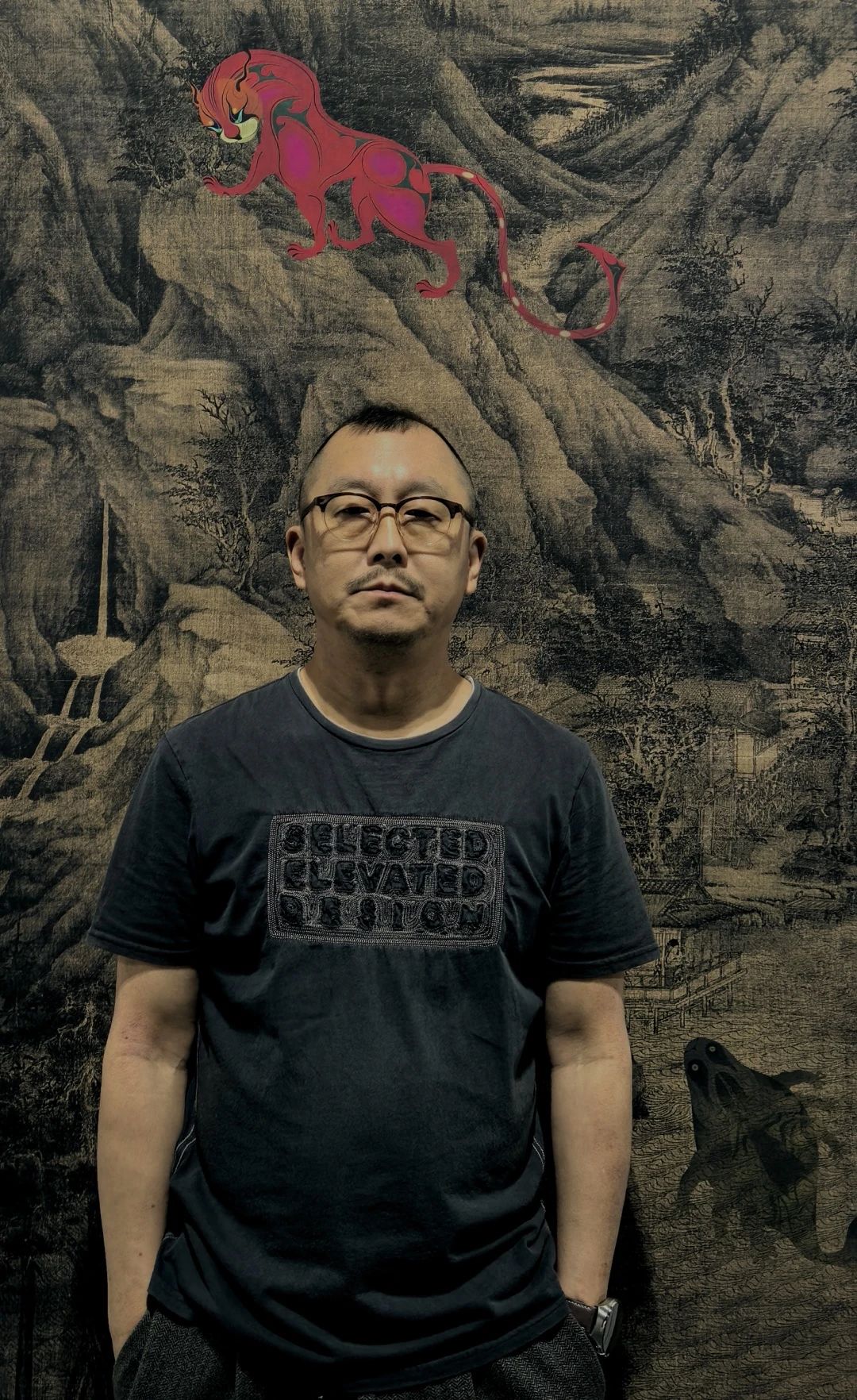
Wang Chuan: “Releasing” the ancient mythical beasts from “The Classic of Mountains and Seas”
From November 1 through to November 24, 2024, Hubei Museum of Art presents “Re-creation: The Classic of Mountains and Seas” featuring the latest work by Wang Chuan. In the series “Mythical Beasts from Mountains and Seas”, the artist has liberated these mythical beasts of various shapes and colors that exude ancient mysterious atmosphere from classical texts. Through the intriguing combination of painting and photography, Wang has placed these imagined animals in the scenes of well-known Chinese classic ancient paintings, or scattered them in the life scenes that contemporary people feel so close to. In his ongoing project, the artist further “releases” these beasts into a scenic mountain forest in Hunan, endowing them with a completely new freedom and expanding the boundaries of art display, viewing and dissemination.2024.11.13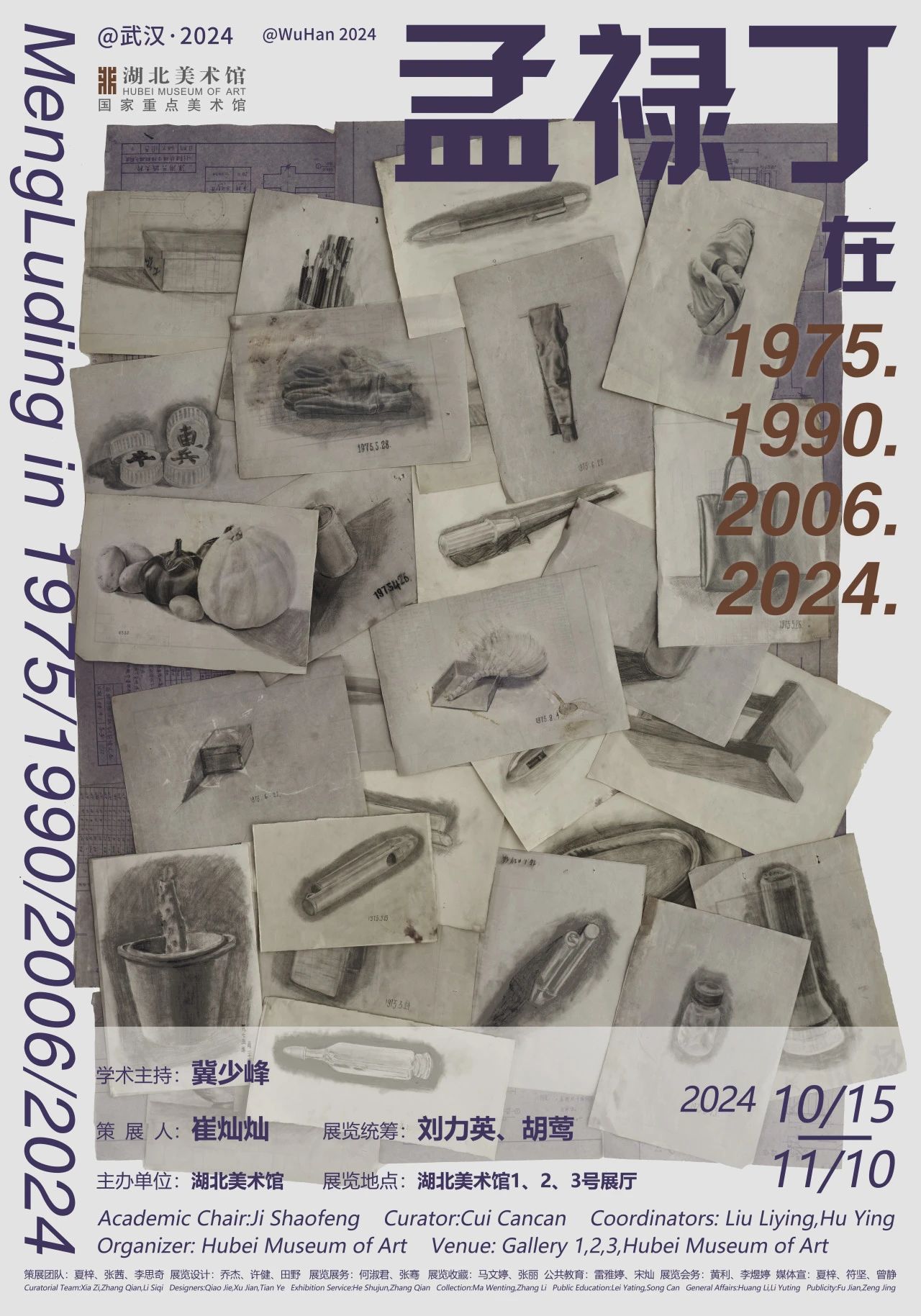
Meng Luding: Retrospection for Moving Forward
“@Wu Han 2024: Meng Luding in 1975/1990/2006/2024” at the Hubei Museum of Art is subconsciously regarded as a retrospective of the artist, but for Meng, the main purpose of this exhibition is to carefully organize and select his creations in a slice-of-life way. Four important years in his oeuvre are highlighted, which coincide with the epochal changes also mark several transitions in Meng’s personal life trajectory and artistic concepts.2024.11.7
Design School’s “Bronco Universe” School-Enterprise Cooperation Project Successfully Concludes
Recently, the “Bronco Universe INTO THE BRONCO-VERSE” school-enterprise cooperation project, jointly organized by the Central Academy of Fine Arts (CAFA) Design School and Ford China Design Center, successfully completed its final review. Three students from the Travel Innovation Design program at CAFA presented impressive results after a two-month summer internship at the Ford China Design Center. As the first school-enterprise cooperation project since the establishment of the Ford China Design Center, the “Bronco Universe” design project provided interns with a platform for creative freedom and expanded the limitless possibilities of the iconic Ford Bronco.2024.09.29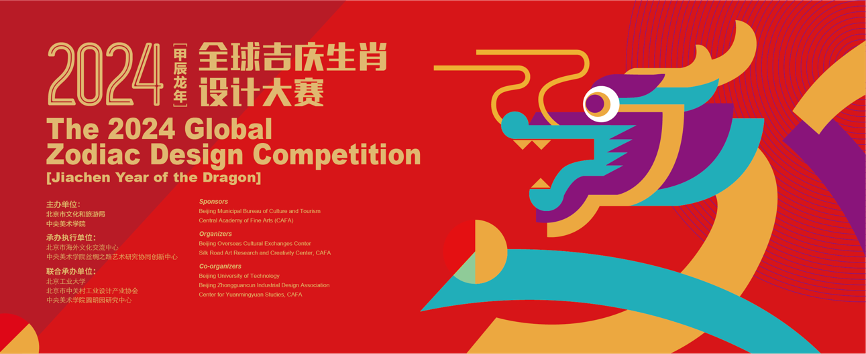
The winning works of "The Global Zodiac Design Competition" entered the Capital Cultural heritage site "Auspicious Year after Year" Chinese Zodiac Art invitational exhibition in Beihai Park Chanfu Temple exhibition review
The Global Zodiac Design Competition is a brand cultural event jointly sponsored by Beijing Municipal Culture and Tourism Bureau and Central Academy of Fine Arts, and undertaken by Beijing Overseas Cultural Exchange Center and other units.2024.03.21
Liu Zhao attend the academic conference "Face/Interface: Global Type Design and Human-Computer Interaction" at Stanford University and delivered a presentation
40 years ago, Turing Award winner and computer scientist Donald Knuth, along with MacArthur Fellow font designer Chuck Bigelow, jointly organized the conference "The Computer and the Hand in Type Design." This conference, sponsored by ATypI (International Typographic Association), was one of the world's earliest research projects in digital typeface design.2023.12.5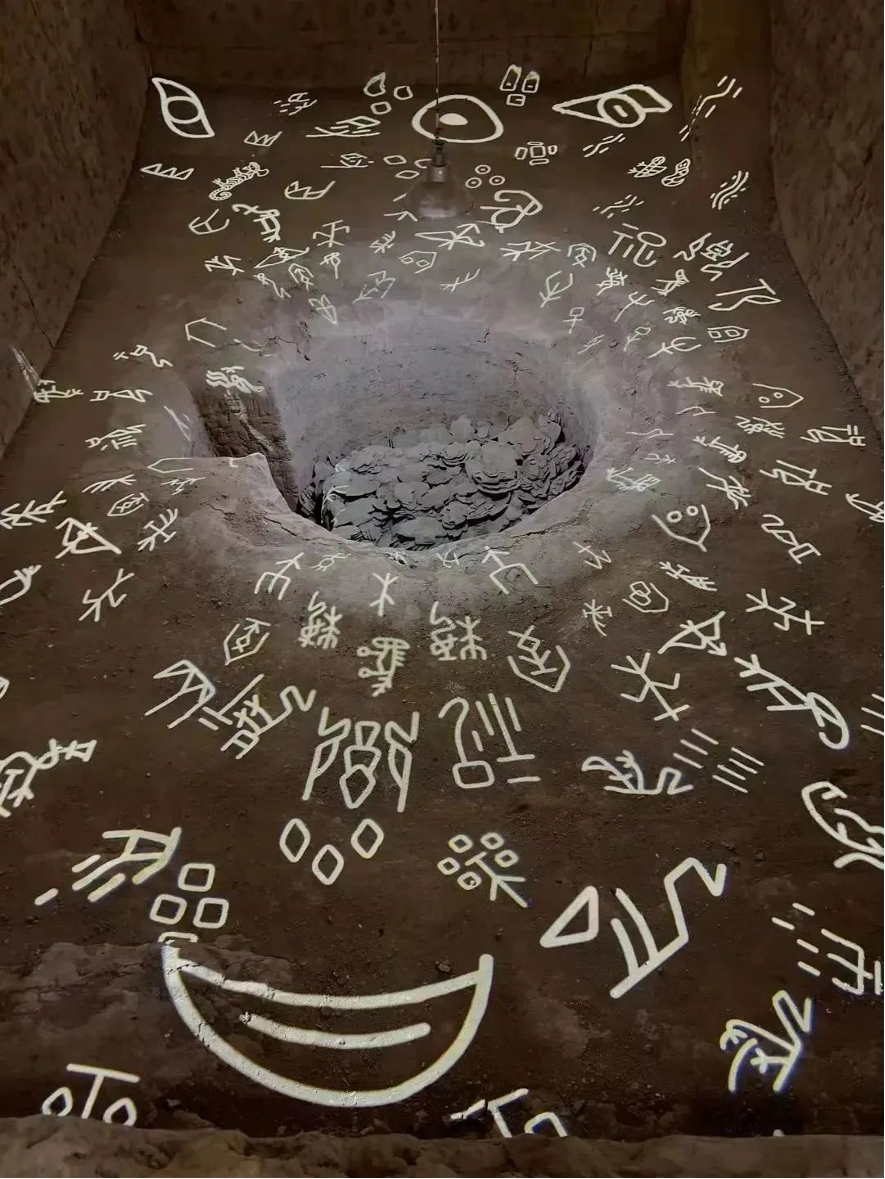
Introducing a Character Recognition Picture Book on Oracle Bone Inscriptions, Crafted by a Central Academy of Fine Arts Team Over 3 Years
Oracle Bone Inscriptions are primitive "pictographic characters," resembling the childhood appearance of Chinese characters and serving as a natural bridge between pictures and Chinese characters. Oracle Bone Inscriptions fully demonstrate the characteristic of ancient Chinese characters as ideographic characters "expressing meaning through form."2023.11.29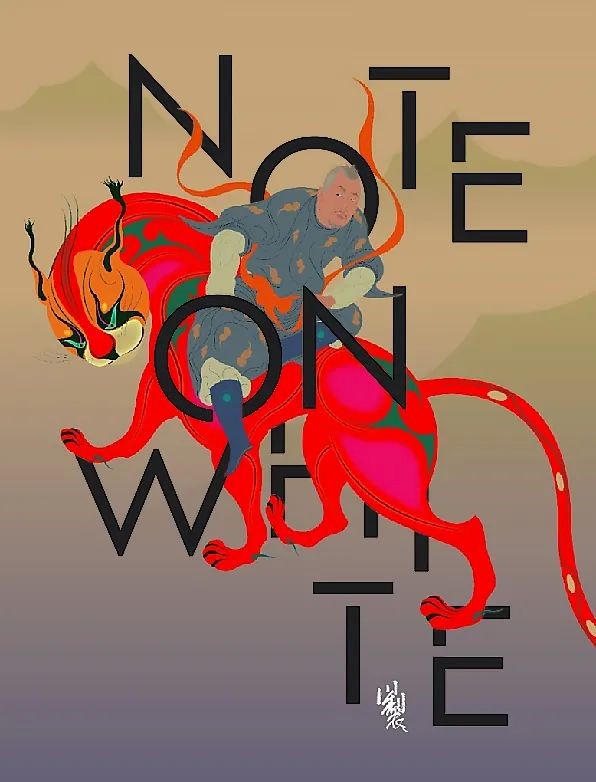
Wang Chuan X NOW | When Urban fashion meets Art
An attention-grabbing collaboration among artists, cultural institutions, and a fashion brand has brought to life a vibrant fusion of traditional Chinese culture and contemporary fashion streetwear.2023.09.21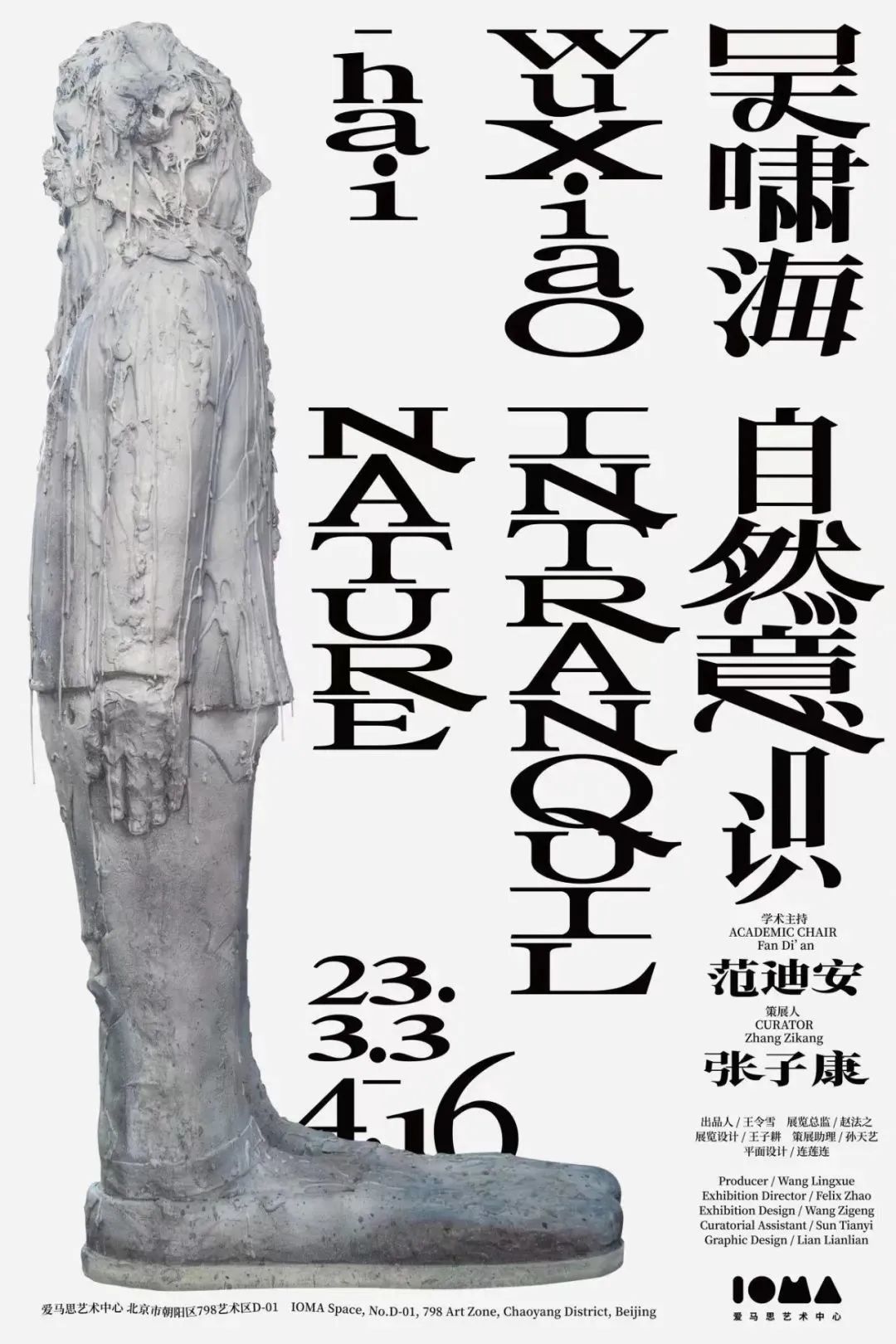
Wu Xiaohai – Intranquil Nature
Before the opening of the exhibition, poet Xi Chuan sent Wu Xiaohai a poem by Hai Zi: “If you love nature, you have to love the dirty side of nature.” Dirtiness, as opposed to truth, goodness and beauty, is a demarcation of standards and a product of culture. However, it is the so-called dirtiness and mess that provide a breeding ground for diversity and leave room for individuality and even prejudice. The development of art comes exactly from individuality.2023.03.23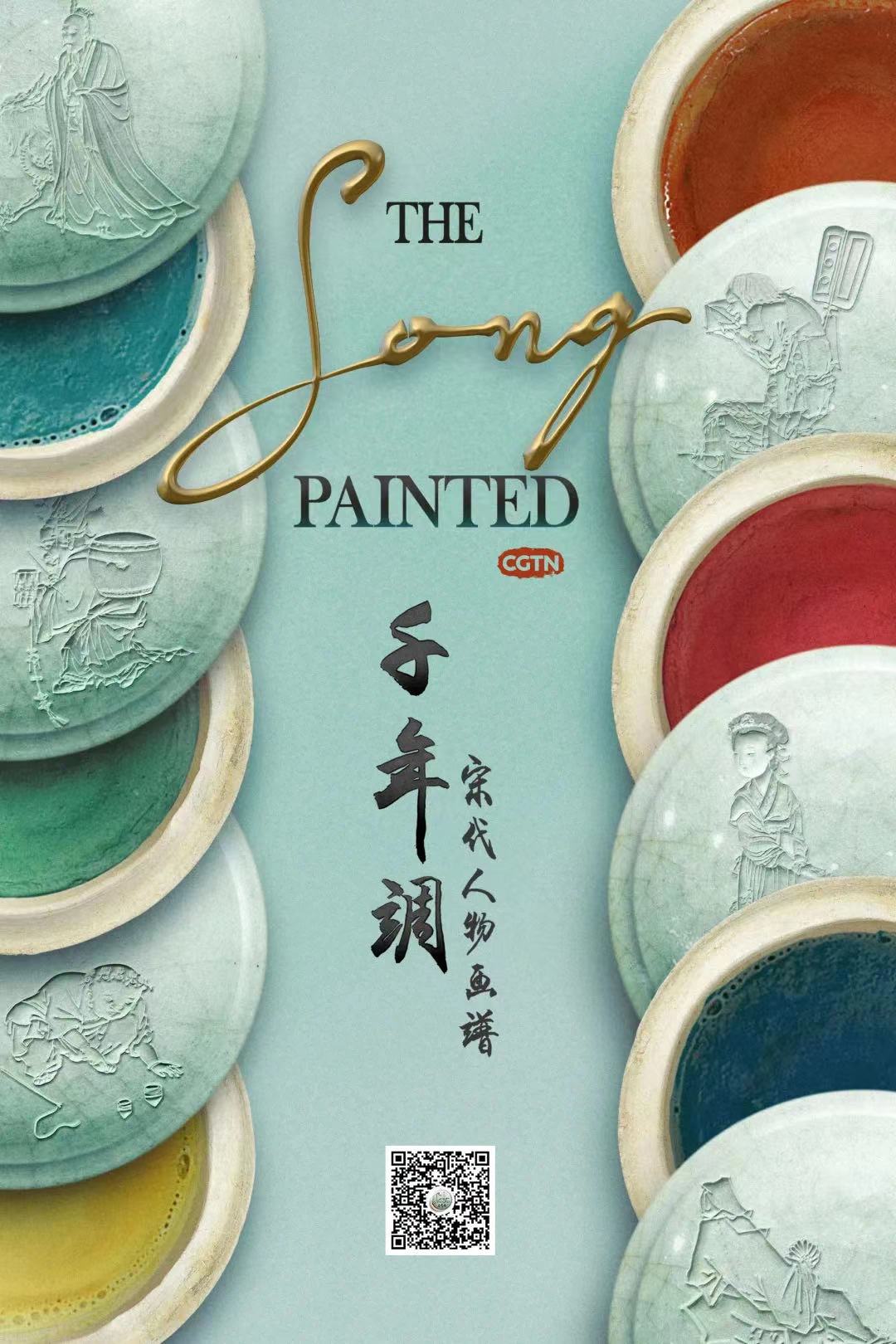
Why skeletons in this painting can show joy?
When talking about skeletons, what comes to your mind first? The answer is usually death. However, Skeleton Puppet Play by Li Song from the Southern Song Dynasty (1127-1279) shows a different image of skeletons. It depicts a scene where an adult skeleton pulls the strings of a puppet, a smaller skeleton. What does this scene mean? Why was this ancient Chinese painting created? Professor Huang Xiaofeng from the Central Academy of Fine Arts shares his views.2023.03.17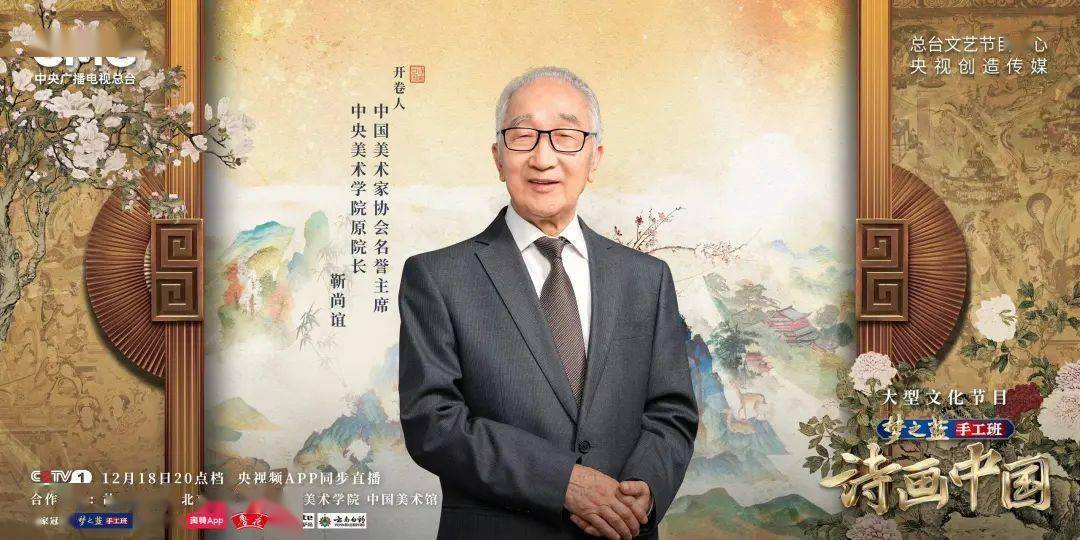
Dunhuang murals on stage: A juxtaposition of ancient charm and modern vigor
Known as a treasure trove of Buddhist art, Dunhuang is a tourist Mecca in northwest China's Gansu Province. Its most representative historical landmark is the Mogao Grottoes, the best known of all China's Buddhist grottoes, and home to a vast collection of exquisite murals and statues.2023.03.3
What did an extravagant party look like a thousand years ago?
The Night Revels of Han Xizai is a top 10 classic among all surviving Chinese paintings. It's attributed to court painter Gu Hongzhong during the Five Dynasties. The painting vividly represents a night party hosted by Han Xizai, a high-ranking official of the Later Tang Dynasty. How's the party like? And why did Gu Hongzhong make such a painting? Professor Fei Jun from the Central Academy of Fine Arts answers these questions.2023.02.3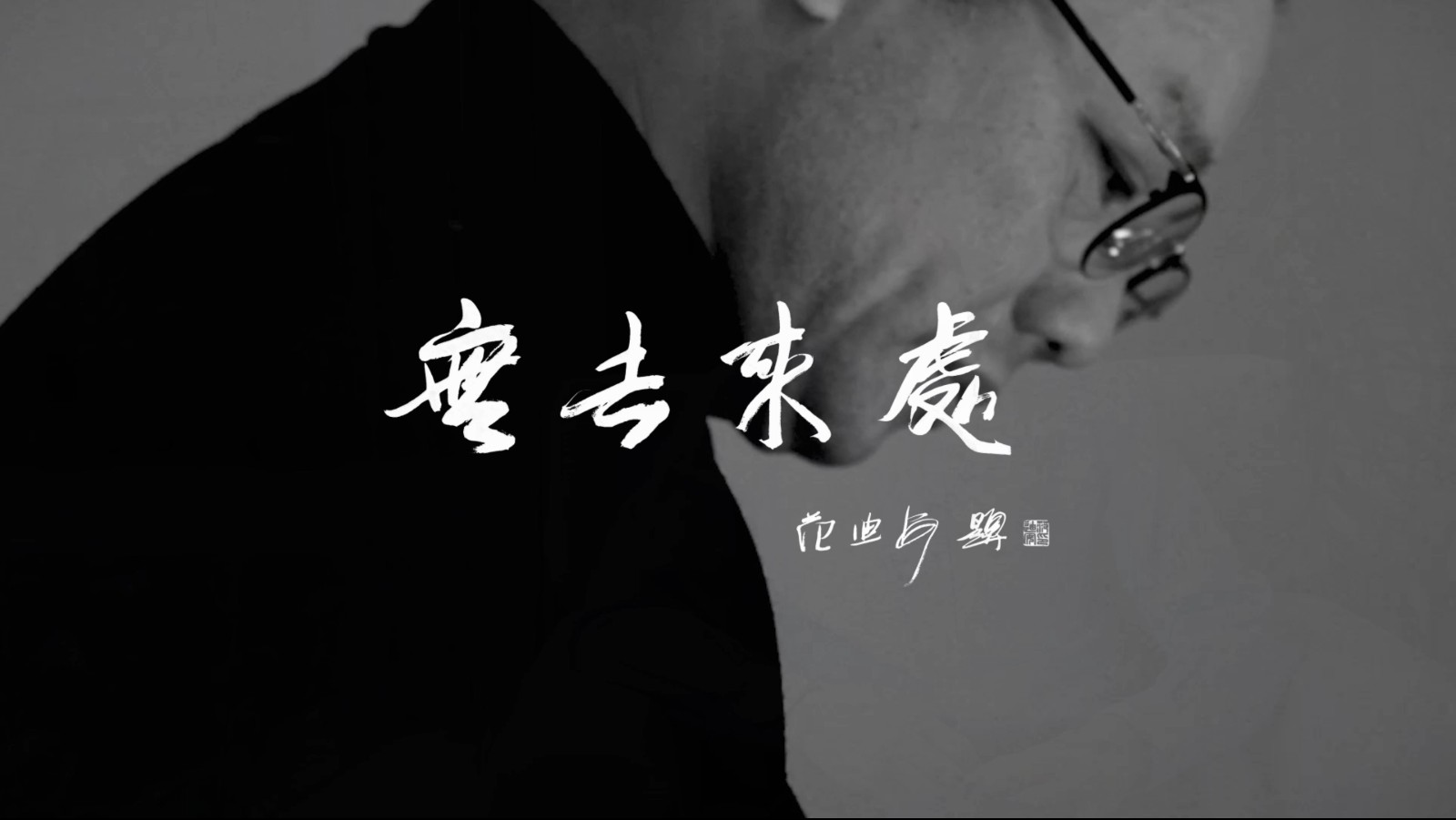
Wandering Towards Sixty Years of Age, Feeling Free and Broadminded—Regarding Chen Qi's Artistic Pursuit
In the spring of 2010, when I was an intern at CAFA ART INFO, I usually wrote articles at the big conference table in the department. I would always see Mr. Chen Qi rushing in and out of the office when I looked up. At that time, our department was named “Educational Technology Center”, which was responsible for network technical support in CAFA, and also contributing to the construction of the official website of the Academy and CAFA ART INFO.2023.01.27
Why did many Song-dynasty paintings depict children at play?
In the Song Dynasty, paintings of the "children at play" subject matter were unprecedentedly popular. Why did this genre flourish in this period? What do children play in this kind of painting? Professor Huang Xiaofeng from the Central Academy of Fine Arts shares his views.2023.01.21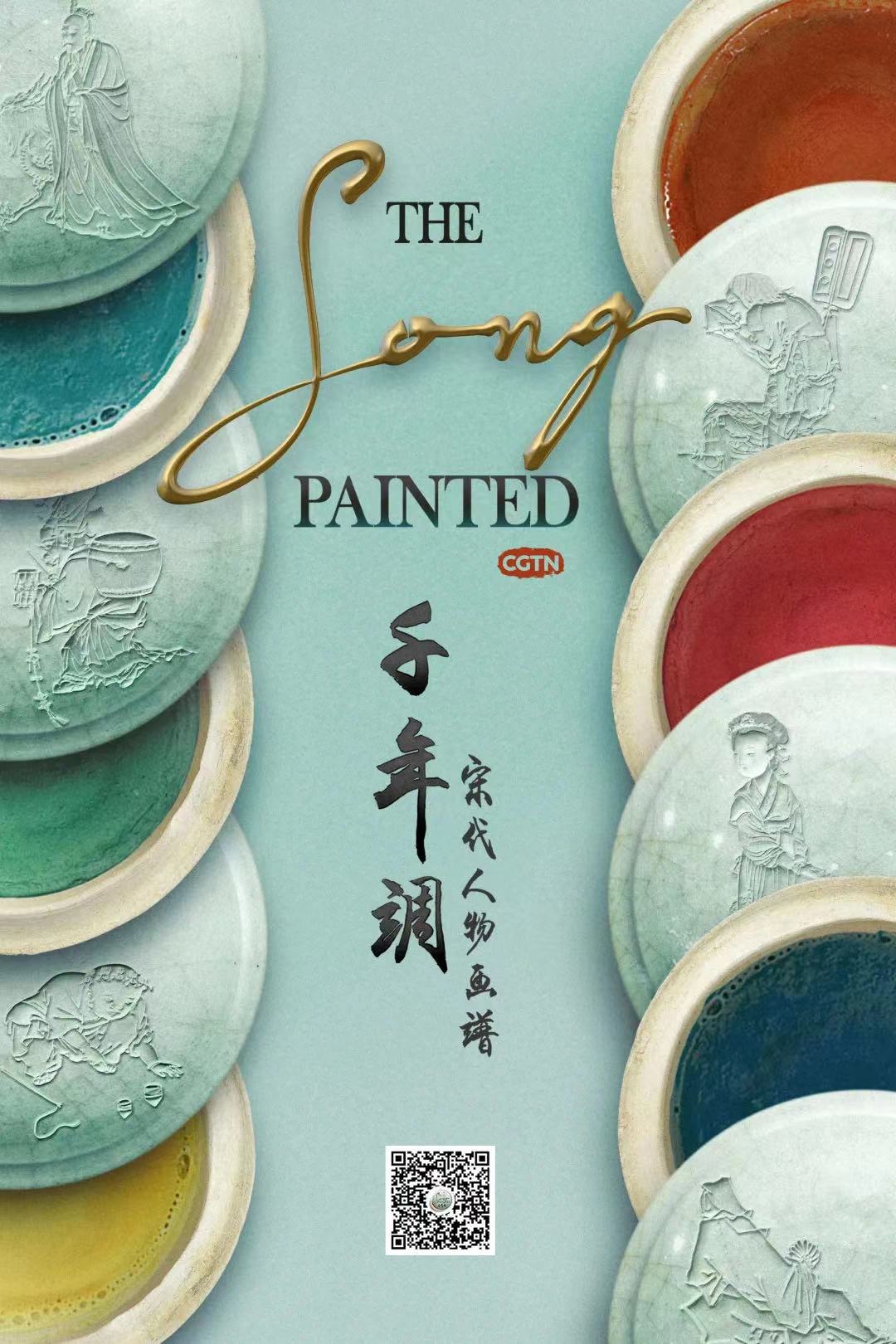
Unlock the aesthetics of the Song Dynasty through the CGTN Art Series
Song Dynasty (960-1276) paintings undoubtedly marked the heyday of ancient Chinese art and have been widely recognized as treasures of Chinese civilization. To spotlight their legacy, CGTN has launched "The Song, Painted," an immersive interactive virtual exhibition that features six themes – Children, Style, Stage, Class, Market, and Faith – to decode traditional Chinese aesthetics via the lifestyles depicted in the paintings.2023.01.12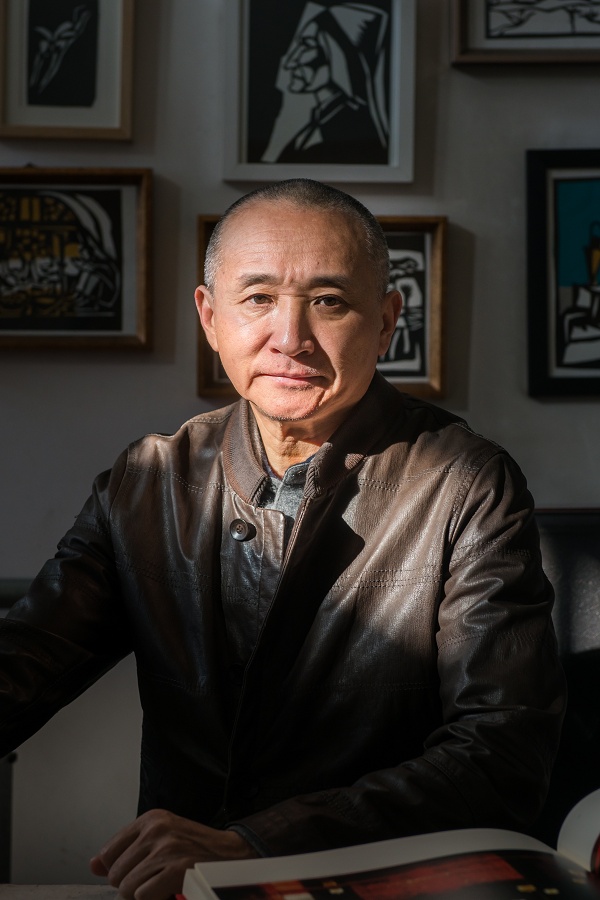
【Rural Revitalization】Rural revitalization through art
Villages are evolving every day. A clear link between rural revitalization and national development has emerged over the past 40-plus years since China's reform and opening up. Rural revitalization through art is a rather complex and systematic endeavor, demanding respect for culture, region, ethnicity, and individual rights and interests.2022.10.31
Copyright © 2023 CAFA. All Rights Reserved.
ICP 17072388-2 .

